I have read a lot and lot on this but couldn't figure out what the issue is, and it's pretty weird. I am using version 1.7 for server and latest tortoise version (1.7) for the client. Here's the scenario:
- I created a parent branch, and then created 1 child branch from it. So, PARENT_BRANCH -> CHILD_BRANCH
- Add a new directory in CHILD_BRANCH and commit.
- Using tortoise merge all changes from CHILD_BRANCH to PARENT_BRANCH. I used 'merge a range of revisions' option and didn't specify any revisions in the option, so basically let svn identify and manage the revisions to merge.
- After the merge, the new directory is created in PARENT_BRANCH.
- Merge back from PARENT_BRANCH -> CHILD_BRANCH.
- I get tree conflict on the new directory, with the error that the directory its trying to add is already there.
Well, of course the directory is there in child branch as that's where it originally came from. I though that svn 1.5+ tracks merges using merge-info, and should have known this is the branch from where the directory came and should not throw the tree merge error.
Any idea what's going on and how can I fix this? The example I gave is just for 1 directory, but in reality there are lots of directories and files, so going one by one manually takes hours.
